Entry Category: Historic Preservation - Starting with P
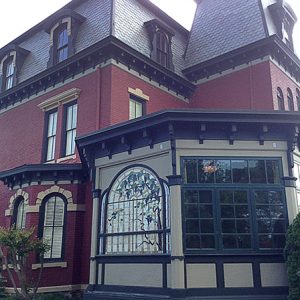 Packet House
Packet House
 Packet House Rear
Packet House Rear
Palace Theatre
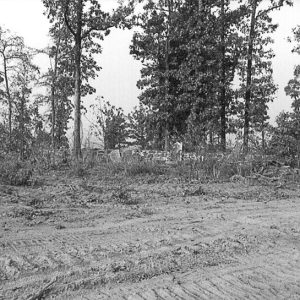 Palarm Bayou
Palarm Bayou
Palarm Bayou Pioneer Cemetery
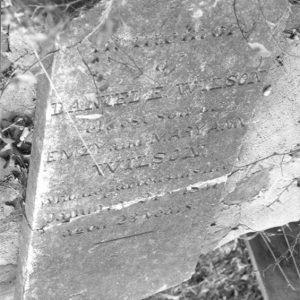 Palarm Bayou Pioneer Cemetery Grave
Palarm Bayou Pioneer Cemetery Grave
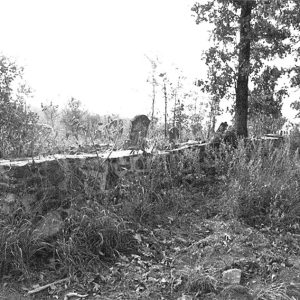 Palarm Bayou Pioneer Cemetery Grounds
Palarm Bayou Pioneer Cemetery Grounds
 Palarm Bayou Pioneer Cemetery Monument
Palarm Bayou Pioneer Cemetery Monument
Palmer’s Folly
aka: John C. Palmer House
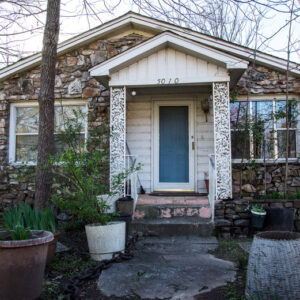 Pankey House
Pankey House
 Papyrus Columns
Papyrus Columns
Paragould War Memorial
Paris Post Office
 Paris Post Office
Paris Post Office
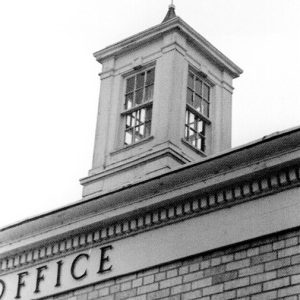 Paris Post Office
Paris Post Office
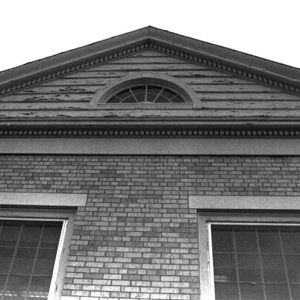 Paris Post Office Detail
Paris Post Office Detail
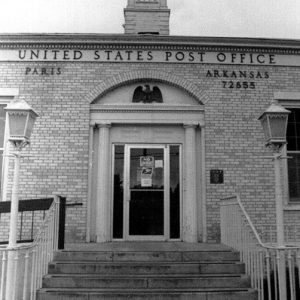 Paris Post Office Front Door
Paris Post Office Front Door
 Paris Post Office Interior
Paris Post Office Interior
Park Hill Historic District
Park Hotel
 Parker Pioneer Homestead
Parker Pioneer Homestead
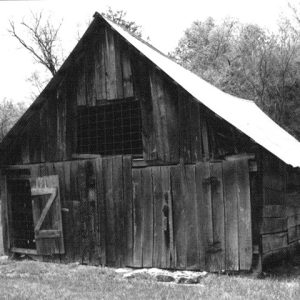 Parker-Hickman Farm Barn
Parker-Hickman Farm Barn
 Parker-Hickman Farm Barn
Parker-Hickman Farm Barn
Parker-Hickman Farm Historic District
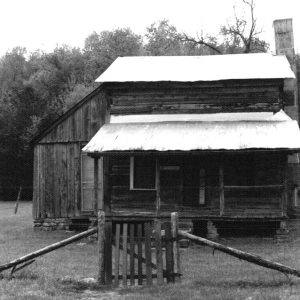 Parker-Hickman Farm House
Parker-Hickman Farm House
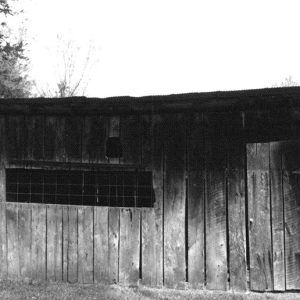 Parker-Hickman Farm Outbuilding
Parker-Hickman Farm Outbuilding
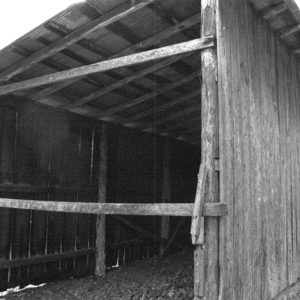 Parker-Hickman Farm Outbuilding
Parker-Hickman Farm Outbuilding
 Parker-Hickman Farm Outbuilding
Parker-Hickman Farm Outbuilding
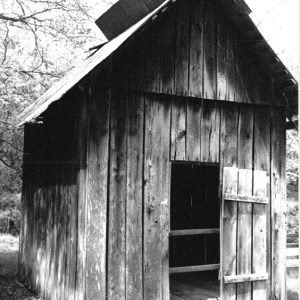 Parker-Hickman Farm Outbuilding
Parker-Hickman Farm Outbuilding
Parkin Historic Site
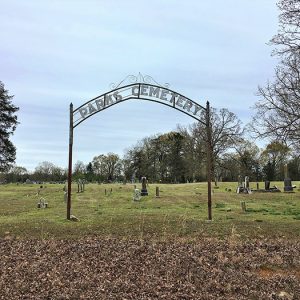 Parks Cemetery
Parks Cemetery
Parks School House
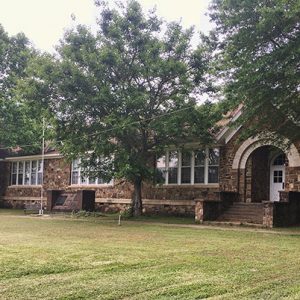 Parks School House - Front
Parks School House - Front
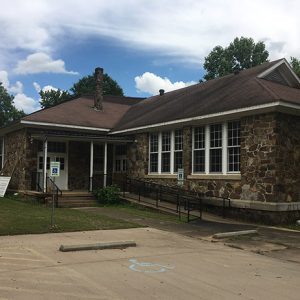 Parks School House - Rear
Parks School House - Rear
Parkway Courts Historic District
 Parlor Display
Parlor Display
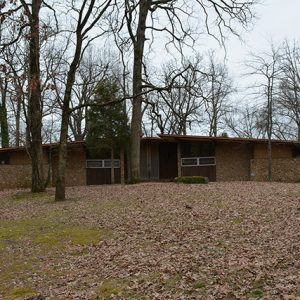 Patteson House
Patteson House
Patteson House
Paul Laurence Dunbar School Neighborhood Historic District
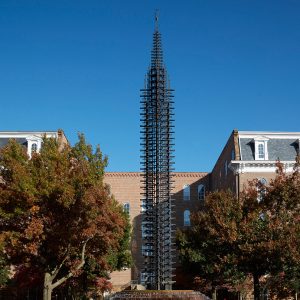 Peace Fountain
Peace Fountain
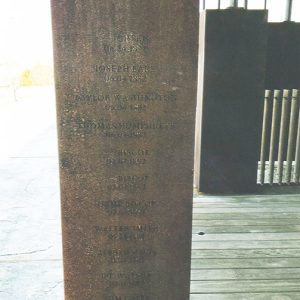 Peace Memorial
Peace Memorial
Peake High School
Peel Mansion Museum and Heritage Gardens
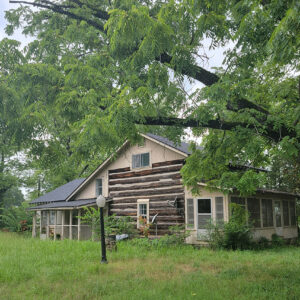 Peeler Gap Road House
Peeler Gap Road House
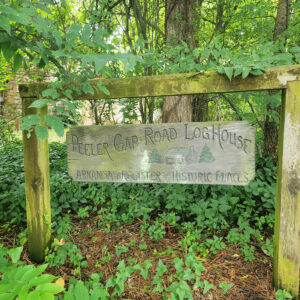 Peeler Gap Road House Sign
Peeler Gap Road House Sign
 Penrod's Hobby Museum
Penrod's Hobby Museum
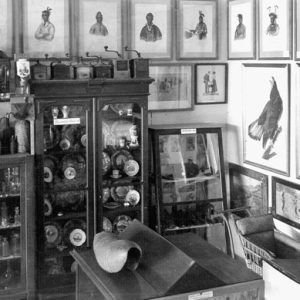 Penrod's Museum
Penrod's Museum
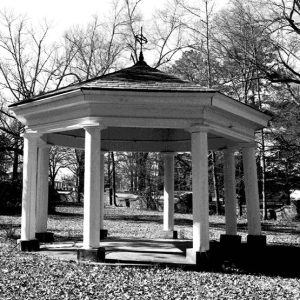 Pergola
Pergola




